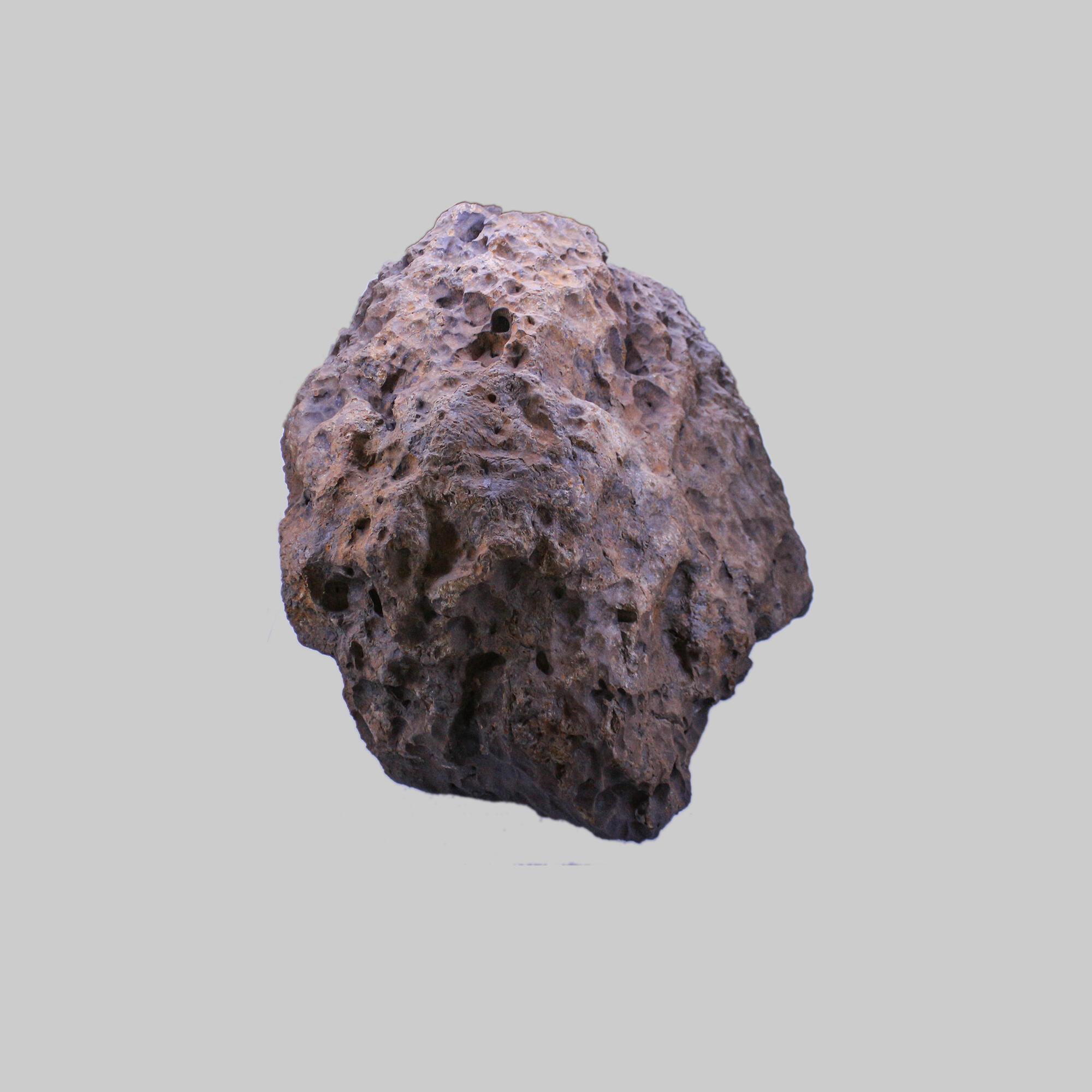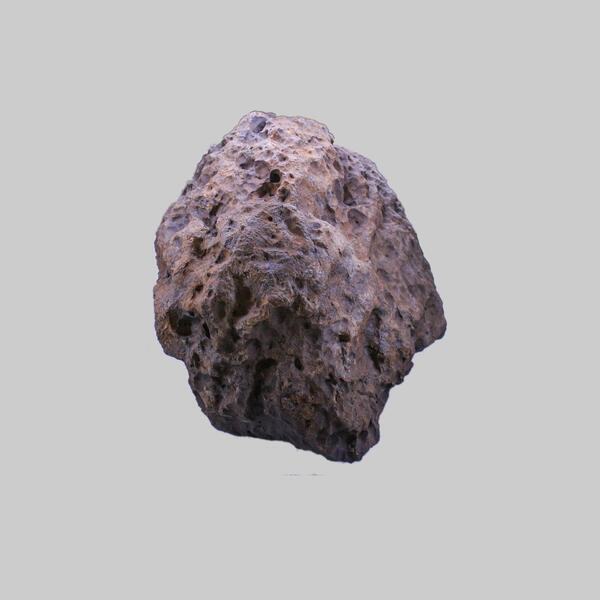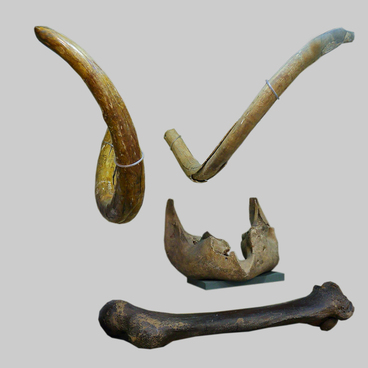On February 15, 2013, at 9:22 a.m. local time, a superbolide /ˈboʊlaɪd/ entered the Earth’s atmosphere over the city of Chelyabinsk and exploded. Its appearance was accompanied by a bright flash. NASA estimates that the meteor was about 19.8 meters in diameter and weighed 13,000 metric tons at the time it entered Earth’s atmosphere at a speed of about 18 kilometers per second and started breaking up into smaller fragments. It exploded at an altitude of 50 to 30 kilometers. The blast released 300,000 to 500,000 metric tons of energy, about twenty times more than the atomic bomb dropped on Hiroshima. The shock waves that formed when the bolide was moving at speeds significantly exceeding the speed of sound at a given altitude were perceived by the observers as a series of explosions, similar to those reported during the Tunguska event.
After the meteor exploded, its fragments reached the ground and rained like a meteor shower over an area of about 200 square kilometers. The largest meteorite fragments were found at the bottom of Lake Chebarkul, some 70 kilometers away from Chelyabinsk.
The Chelyabinsk meteor is an ordinary chondrite that has undergone thermal metamorphism at a temperature of about 650 degrees Celsius and has a very poor iron content. Preliminary estimates put the age of its parent body (a celestial body from which a meteorite originates) at over 4 billion years. The meteor fragments are mainly made up of the silicates olivine and orthopyroxene, with the sulfides troilite and heazlewoodite, the hard-alloy varieties of native iron and nickel, serving as secondary minerals. They also contain traces of chromite, clinopyroxene, plagioclase, feldspar glass, phosphates (merrillite), and chlorapatite. The fragments have several well-defined areas with different structure and mineral composition: the main part of the meteor, which contains chondrules, the cracks in it, and the surface melting area.
The six settlements in the Chelyabinsk Region that suffered the most damage from the fall of the meteor were the cities of Yemanzhelinsk, Kopeysk, Korkino, Yuzhnouralsk, and Chelyabinsk, and the village of Etkul. The damage caused by the disaster exceeded 1 billion rubles.
After the meteor exploded, its fragments reached the ground and rained like a meteor shower over an area of about 200 square kilometers. The largest meteorite fragments were found at the bottom of Lake Chebarkul, some 70 kilometers away from Chelyabinsk.
The Chelyabinsk meteor is an ordinary chondrite that has undergone thermal metamorphism at a temperature of about 650 degrees Celsius and has a very poor iron content. Preliminary estimates put the age of its parent body (a celestial body from which a meteorite originates) at over 4 billion years. The meteor fragments are mainly made up of the silicates olivine and orthopyroxene, with the sulfides troilite and heazlewoodite, the hard-alloy varieties of native iron and nickel, serving as secondary minerals. They also contain traces of chromite, clinopyroxene, plagioclase, feldspar glass, phosphates (merrillite), and chlorapatite. The fragments have several well-defined areas with different structure and mineral composition: the main part of the meteor, which contains chondrules, the cracks in it, and the surface melting area.
The six settlements in the Chelyabinsk Region that suffered the most damage from the fall of the meteor were the cities of Yemanzhelinsk, Kopeysk, Korkino, Yuzhnouralsk, and Chelyabinsk, and the village of Etkul. The damage caused by the disaster exceeded 1 billion rubles.


